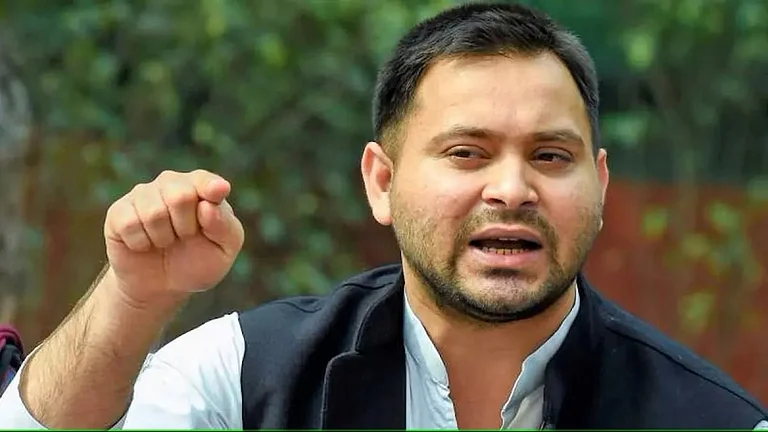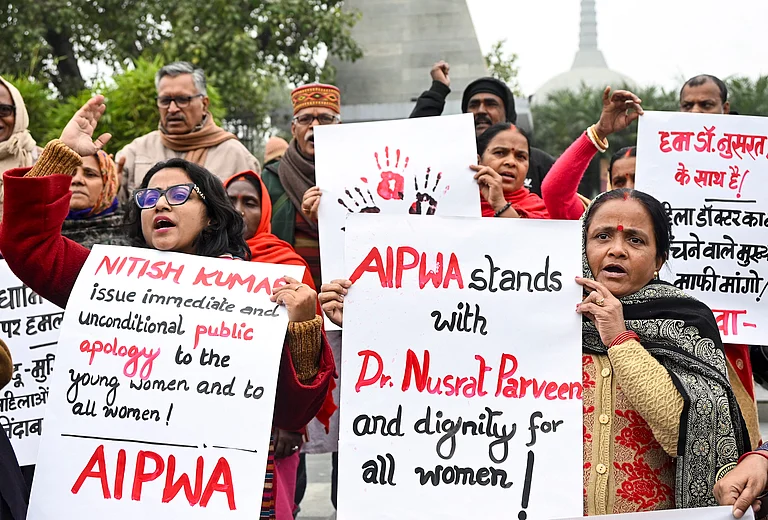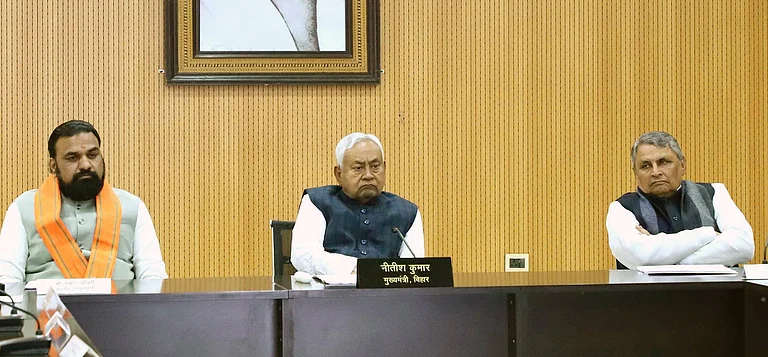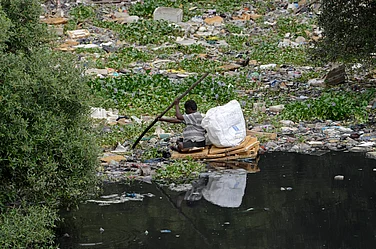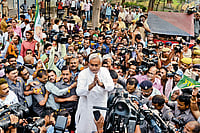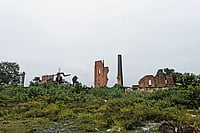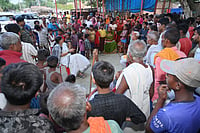Nitish Kumar’s first rebel against Janata Dal which was formed in 1988 by merging half a dozen political parties, surfaced in 1994 at a Kurmi Chetna Mega Rally in Gandhi Maidan.
Ideologically, a socialist and secular leader Nitish Kumar had for the first time talked about share in power for Kurmi caste and announced to fight against the Janata Dal government which was headed by subaltern leader Lalu Prasad Yadav.
Though Kurmi population in Bihar is just four percent and numerically not very formidable but seeing the response of the crowd at Gandhi Maidan and continued marginalisation in Janata Dal, Nitish decided to float a new party. He left Janata Dal in April 1992 and formed Samta Party.
Nitish Kumar had realised that Kurmi was numerically not formidable so he needed a partner. Samta Party made its first alliance with CPI-ML and fought the 1995 Bihar assembly elections. But, the party managed to win just seven seats out of 324. The result was so humiliating that Nitish Kumar did not meet any leader on result day nor did he come out for a media brief.
The Samta party had done with the ultra left party, now it was time to experiment with extreme right ideology.
Soon after the election results, Bharatiya Janata Party, which was still at the margin in the electoral landscape, contacted Samta Party chief Nitish to talk about future alliance in Bihar. Initially reluctant, Nitish finally agreed. After first round talks with BJP leaders went cordial, Lal Krishna Advani wanted to meet Nitish Kumar, but he didn’t show much interest. It was George Fernandes who insisted Nitish talk to him.
Lal Krishna Advani was arrested in Samastipur by chief minister Lalu Prasad Yadav in 1992 when he was leading Rath Yatra to Ayodhya. So, Lal Krishna Advani and Nitish Kumar found common enemy in Lalu Prasad Yadav. Talks between Lal Krishna Advani and Nitish were fruitful. In next few months, Samta Party- BJP alliance was a reality.
Ironically, despite claiming to be secular and socialist not a single leader of the Samta party opposed the alliance.
“Our aim was to remove Lalu Prasad Yadav from power, hence no one raised a voice against this alliance,” says Shivanand Tiwari, who is currently with Rashtriya Janata Dal (RJD).
The Samta Party-BJP alliance fought 2000 state assembly elections and performed well. Both parties together won 101 seats. The result proved that this alliance had possibilities to challenge the Lalu government, but after just two years of this elections, Gujarat witnessed the biggest communal violence. Serious allegations were made against BJP’s Narendra Modi government for violence. Ideally this violence should have shaken Samta Party leadership but it didn't.
Sankarshan Thakur writes in the book Bandhu Bihari, “After the Gujarat riots, pressure started coming on Nitish Kumar that he should break alliance from the National Democratic Alliance (NDA). How could he live with those in the cabinet who had stoked the fire of communal violence?”
Nitish had started avoiding such questions. “At some point, he also resorted to this weak argument – I am not a part of the Modi government, I am in Vajpayee's cabinet and Vajpayee has instructed Narendra Modi to follow Raj Dharma…from outside it seemed that he was going through a painful dilemma, but inside he was calm, free from moral distress, that is, he was not unhappy. He had solved his moral problem in principle,” writes Sankarshan Thakur.
In 2003, another faction of Janata Dal led by Sharad Yadav merged with Samta party and new political party Janata Dal-United (JDU) came into being.
Despite being two opposite poles of ideology, JDU and BJP remained in alliance and ran the government in Bihar.
In 2013, Nitish was unhappy when BJP made Narendra Modi the Prime Ministerial candidate and broke alliance with BJP and went with RJD-led grand alliance. After debacle in 2014 Lok Sabha elections Nitish resigned from Chief minister's post and made Jitan Ram Manjhi CM. In 2015, he removed Manjhi for his alleged closeness with BJP. Later Manjhi formed his own political front.
In 2017, JDU walked out of the grand alliance and again made alliance with BJP. In August 2022, the JDU again dumped BJP and joined the RJD-led grand alliance. In January this year, Nitish again dumped the grand alliance and joined NDA. In a recent election rally, Nitish sharing the dice with Prime Minister Narendra Modi, said – In between, I had gone here and there, but now we will not go anywhere, we will stay here (in BJP). He wanted to make BJP sure that now onward he will be with BJP but, while he was promising not to leave NDA again PM Modi and Bihar governor broke into laughter.
As Nitish Kumar is ageing, the future of JDU looks dim because there is no young leadership who can take the legacy forward.








